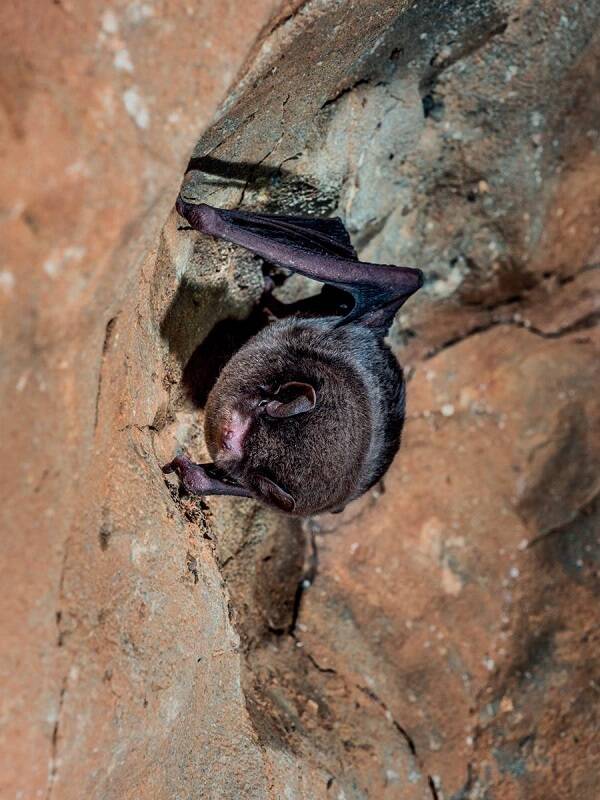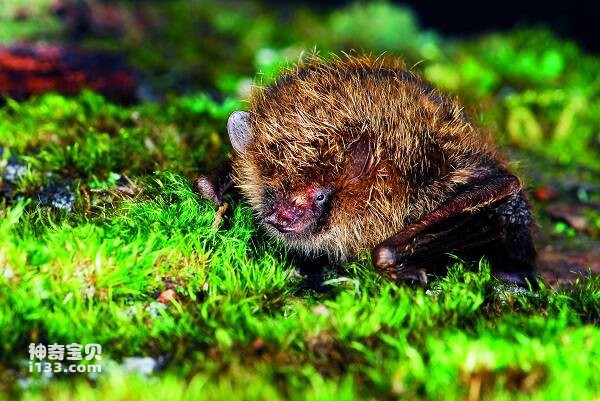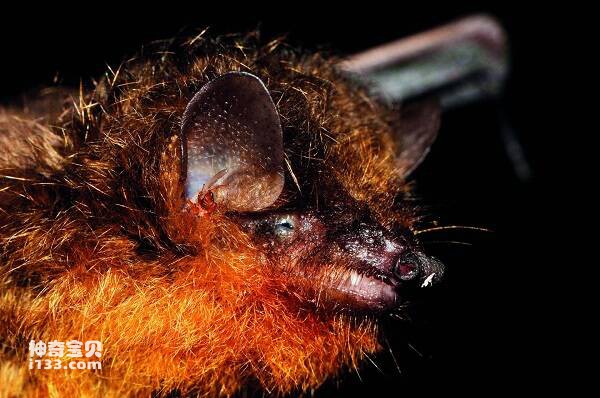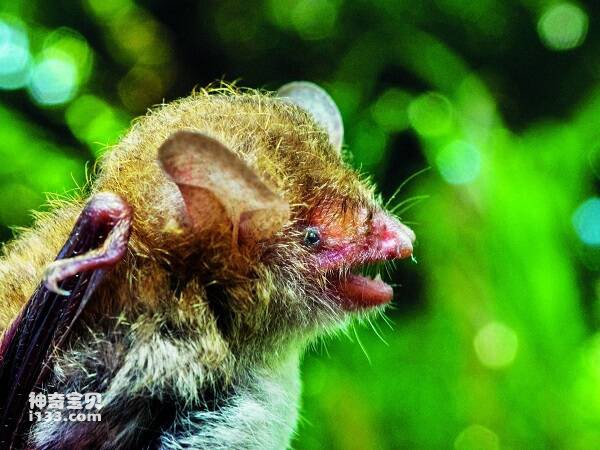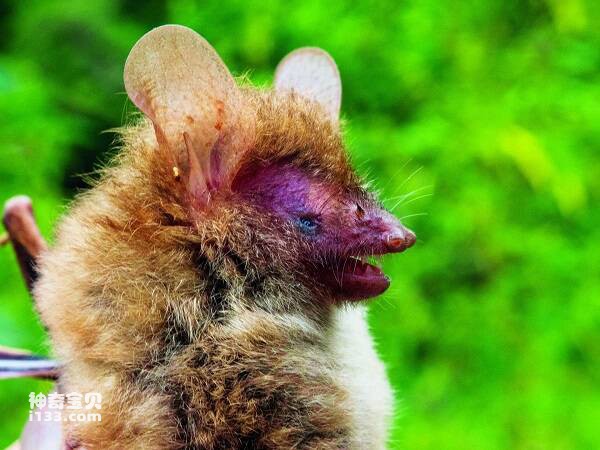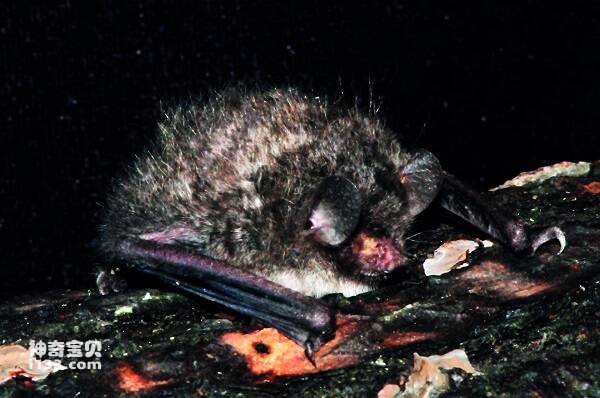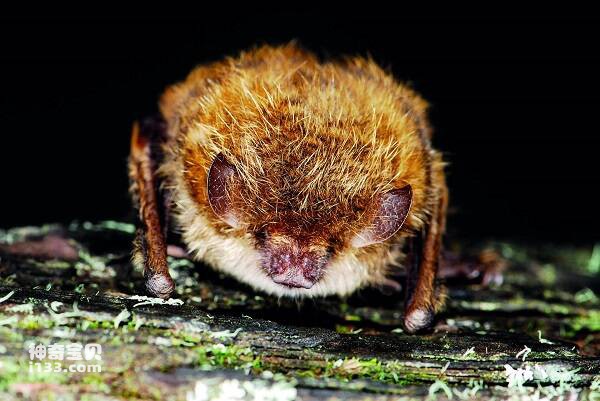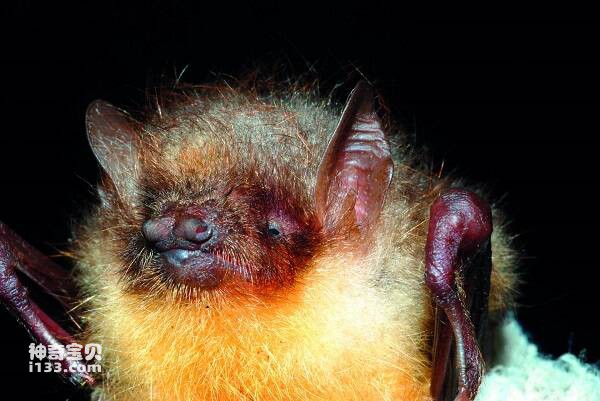Miniopterus fuliginosus
IUCN
LCBasic Information
Scientific classification
- name:Miniopterus fuliginosus
- Scientific Name:Miniopterus fuliginosus,Smallbent-wingedbat
- Outline:Chiroptera
- Family:Chiroptera B.family Longopterus
Vital signs
- length:
- Weight:
- lifetime:
Feature
The ears are short and round with a small tragus
Distribution and Habitat
Medium size. Forearm length 46-50mm. The ear is short round, the tragus is small, less than half the length of the ear, and the end is blunt and slightly curved inward. The wings are long and narrow, the second knuckle of the third finger is three times the size of the first knuckle, and is inverted when at rest. The tail length is equal to or greater than the body length, but it is all sealed in the interfemoral membrane, which is cone shaped. The body hair is short velvet, the back hair is dark brown, the abdominal hair is light, the basal mouse hair is gray, the coat is short and compact.
Appearance
In China, it is distributed in Anhui, Zhejiang, Beijing, Hebei, Hubei, Hunan, Fujian, Jiangxi, Shaanxi, Guangdong, Guangxi, Yunnan, Guizhou, Sichuan, Hainan, Macau, Hong Kong and Taiwan. Foreign distribution from Azerbaijan, Uzbekistan to India in South Asia, Indonesia in Southeast Asia, as well as Japan in East Asia and North Korea, South Korea and other vast areas.
Details
Asian long-winged bats live in large limestone caves in dark, wet water, gathering in large groups of thousands or even tens of thousands of individuals on top of the cave walls. It has a hibernation habit. They feed on small flying insects, especially hymenoptera and diptera. Miniopterus schreibersii was once thought to be widely distributed in Eurasia, but recent molecular phylogenetic and morphological studies have shown that it includes several species. Moreover, the subspecies <M. s. fuliginosus> distributed in China was elevated to species <M. fuliginosus> (Tian et al.,2004; Li et al.,2015).
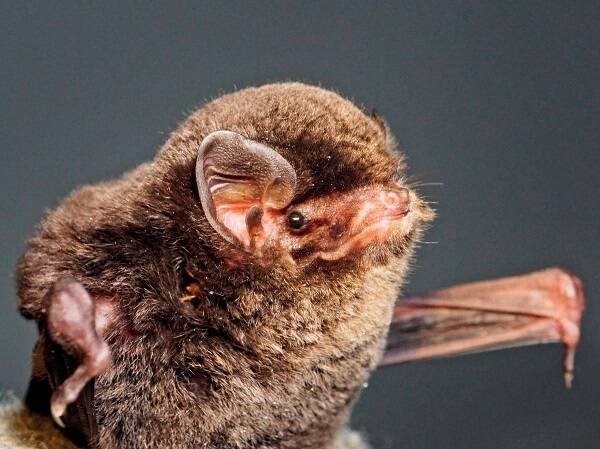
Almost all bats rest during the day and forage at night. Although they have wings, they look very much like birds. But they don't have feathers, and they don't lay eggs. They have the characteristics of mammals: the female gives birth to her young and nurses them with milk.

It has been included in the Chinese Red List of Biodiversity - Vertebrate volume, and the assessment level is near threatened NT.
